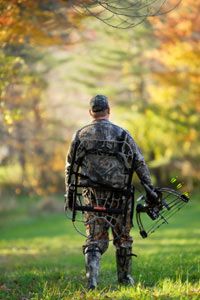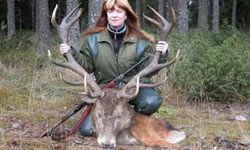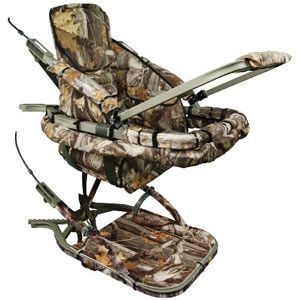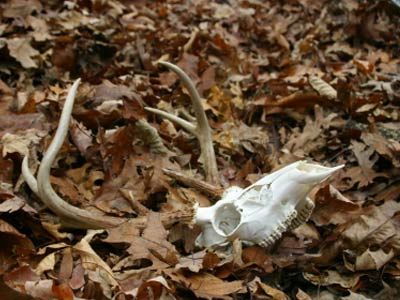Let's pretend in the fall you moved from the city to a house next to a large wooded lot. You enjoy taking occasional walks in the nearby woods to clear your head and observe nature, something you never had the chance to do in the city. Sometimes, though, you look up into trees and notice man-made structures attached to the trunk. By the time you eventually meet some of your neighbors, you have heard distant gun shots ring through the forest.
Since it is hunting season, your neighbors invite you to join them in their pursuit of various game. Their conversations are peppered with words and terms you've never heard before, including "tree stands." You pipe up and ask if a tree stand is that odd contraption you've seen in some of the trees.
Advertisement
You quickly learn that your neighbors prefer using tree stands when they're hunting in the wooded lot. At first glance, it seems like these platforms give hunters an unfair advantage over the animals. You ask them if stands take the sport out of hunting. They are quick to tell you that tree stand hunting actually requires a lot of skill, patience and knowledge.
We can help you understand what your neighbors are talking about, or, if you're a hunter, we can help you brush up on the various aspects of tree stands. This article will tell you about the types of tree stands and accessories, where to place them and how to transform them. You'll also learn how to hunt with them.
Getting the idea behind tree stands? Read on to learn how to distinguish between the different types of tree stands you might see out in the forest.
Advertisement



